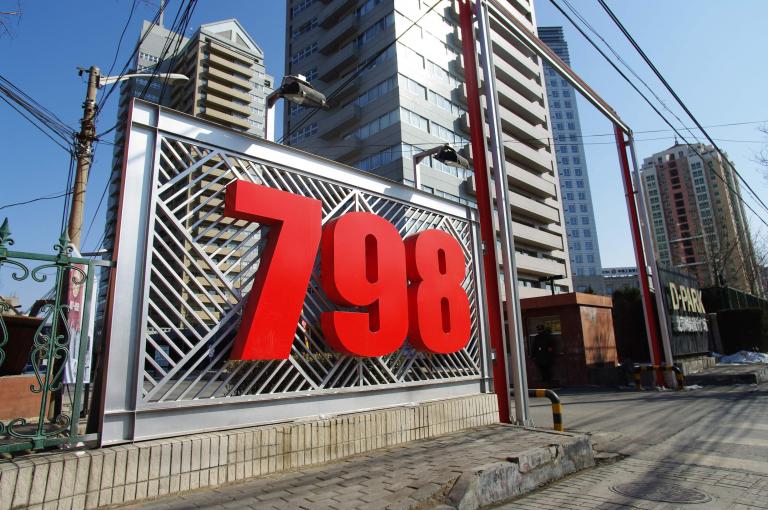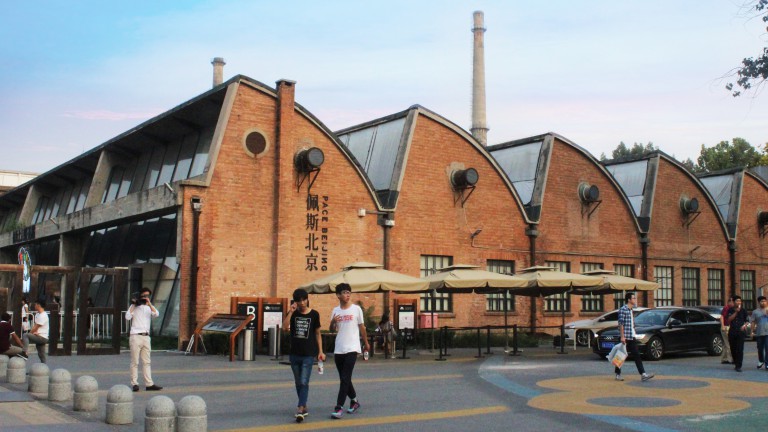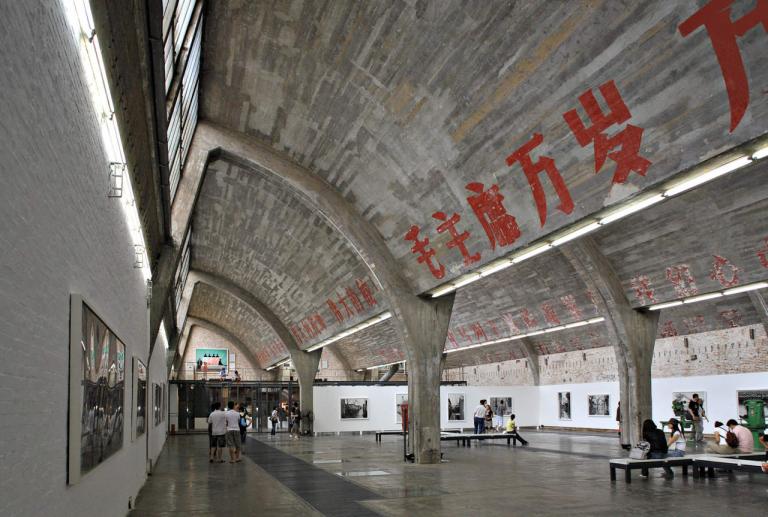798 Art Zone Introduction and Construction
3 min read798 Art Zone,or Dashanzi Art District,is a thriving artisticN community in 50-year old decommissioned military factory buildings of unique architectural style in the Chaoyang District of Beijing.It is often compared with New York’s Greenwich Village or SoHo.

Construction
The Dashanzi factory complex began as an extension of the military-industrial cooperation between the Soviet Union and the newly formed People’s Republic of China.156″joint factory”projects had been realized as part of the Chinese government’s first Five-Year Plan by 1951.However,the People’s Liberation Army were in a direneed of modern electronic components,which were produced in only two of the joint factories.The Russians were unwilling to undertake an additional project at the time and suggested that the Chinese turn to East Germany from which the Soviet Union’s electronics equipment was imported.So at the request of then-Premier Zhou Enlai,scientists and engineers joined the first Chinese trade delegation to East Germany in 1951,visiting a dozen factories.The project was green lighted in early 1952 and a Chinese preparatory group was sent to East Berlin to prepare design plans.This project,which was to be the largest by East Germany in China,was then informally known as Project NO.157.
The architectural plans were left to the Germans,who chose a functional Bauhaus-influenced design over the more ornamental Soviet style,triggering the first of many disputes between the German and Russian consultants on the project.The plans,where form follow function,called for large indoor spaces to let the maximum amount of natural light into the workplace.Arch-supported sections of the ceiling would curve upwards then fall diagonally along the high slanted banksor windows;this pattern would be repeated several times in the larger rooms,giving the roof its characteristic sawtooth-like appearance.

Despite Beijing’s northern location,the windows were all to face north because the light from that direction would cast fewer shadows.
The chosen location was an area of 640,000 square metres in |i Dashanzi,then a low-lying patch of farmland northeast of Beijing.The complex was to occupy 500,000 square metres,370,000 of which were allocated to living quarters.It was officially named Joint Factory 718,following the Chinese government’s method of naming militaryfactories starting with the number 7.Fully funded by the Chinese side,the initial budget was enormous for the times:9 million rubles or approximately 140 million RMB(USS17 million)at today’s rates;actual costs were 147 million RMB.
Ground was broken in April 1954.Construction was marked by disagreements between the Chinese,Soviet and German experts,which led at one point to a six-month postponement of the project.

The Germans’harshest critic was the Russian technology consultant in charge of Beijing’s two Soviet-built electronics factories(714 and 738),who was also head consultant of the Radio Industrial Officeof the Second Ministry of Machine Building Industry.The disputes generally revolved around the Germans'”high but expensive quality standards for buildings and machines,which were called“over-engineering”by the Russians.Among such points of contention was the Germans’insistence,based on historical seismic data in hand that the buildings be built to withstand earthquakes of magnitude 8 on the Richter scale,whereas the Chinese and Russians wanted to settle for 7.Communications expert Wang Zheng,head of Communications Industry in the Chinese Ministry of National Defense and supporter of the East German bid from the start,ruled in favor of the Germans for this particular factory.
At the height of the construction,more than 100 East German experts worked on the project.As many as 22 of their factories supplied the construction.The equipment was transported directly through the Soviet Union via the Trans-Siberian railway,and a track of railroad of 15km between Beijing Railway Station and Dongjiao Station was built especially to service the factory.Caltech-educated scientist Dr.Luo Peilin,formerly head of the preparatory group from1951 to 1953,was Head Engineer of Joint Factory 718 during its construction phase.Dr.Luo,now retired in Beijing,is remembered by his former colleagues as a dedicated perfectionist whose commitment to the obstacle-strewn project was a major-factor of its eventual success.








